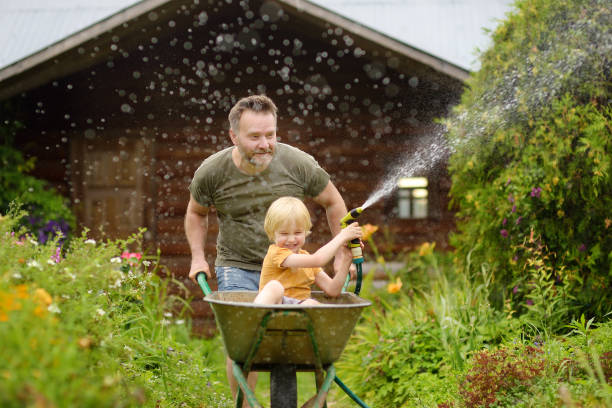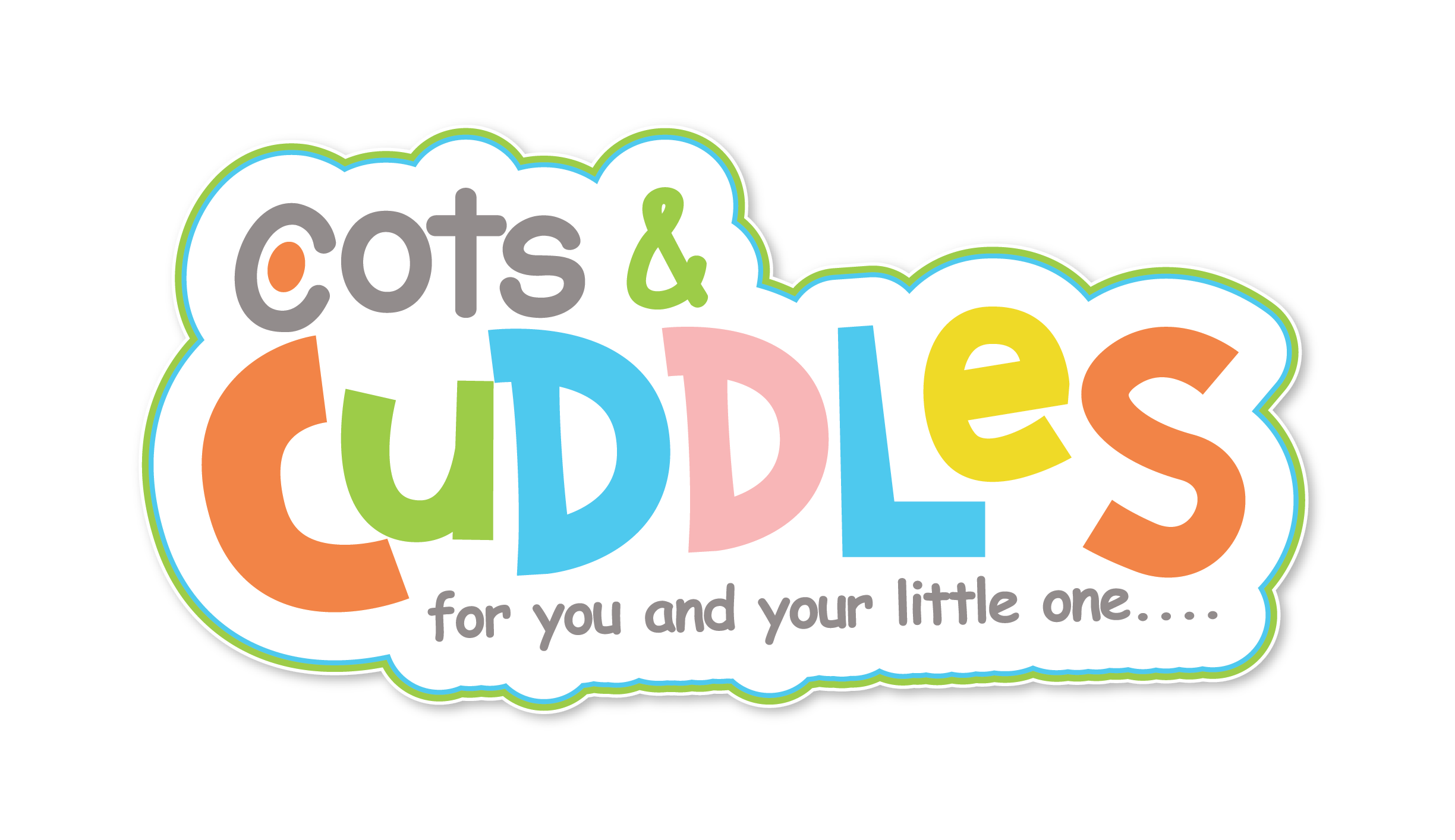High Energy, Happy Toddler: Strategies for Addressing Hyperactivity
by KIRTI RATHORE on Jul 26, 2023

Introduction
Welcome to our blog dedicated to the parents of energetic toddlers! Parenting a child between the ages of 2 and 3 can be both exciting and challenging, especially when faced with high energy levels and hyperactive behavior. In this comprehensive guide, we will explore effective strategies for managing hyperactivity and addressing the unique needs of your energetic little one.
Hyperactivity in toddlers can manifest in various ways, such as constant fidgeting, difficulty staying still, impulsivity, and a seemingly boundless amount of energy. While it's important to remember that toddlers naturally have high energy levels, it's equally crucial to differentiate between age-appropriate behavior and true hyperactivity. Understanding the underlying causes and implementing practical techniques can help create a nurturing environment that supports your child's development and helps them thrive.
We understand that every child is different, and what works for one may not work for another. That's why our blog aims to provide a range of strategies, tips, and expert advice to help you navigate the challenges of managing hyperactivity in your toddler. By gaining insight into the causes of hyperactivity, identifying the signs, and creating a supportive environment, you can effectively manage your child's high energy levels and foster a sense of calmness and well-being.

Throughout this blog, we will delve into various sections, each focusing on essential aspects of managing hyperactivity in toddlers. From understanding the nature of hyperactivity to creating a consistent routine, promoting healthy sleep habits, incorporating sensory activities, and implementing behavior management techniques, we have you covered.
Additionally, we recognize the importance of collaboration and support in your parenting journey. We will explore avenues for engaging with preschools, caregivers, and seeking support from parent communities who share similar experiences. By connecting with others and sharing insights, you can gain valuable perspectives and develop a robust support system.
Managing hyperactivity in toddlers requires patience, consistency, and a holistic approach. Our blog is designed to provide you with practical guidance and evidence-based strategies that empower you as a parent. Together, let's create an environment where your energetic toddler can thrive, explore, and develop into their unique selves. Stay tuned for our in-depth sections, each packed with information and resources dedicated to your child's well-being.
Understanding Hyperactivity
1.1 What is Hyperactivity?
Hyperactivity refers to a set of behavioral traits characterized by excessive, uncontrollable, and often impulsive movements or actions. In toddlers aged 2 to 3 years, hyperactivity can manifest as constant fidgeting, restlessness, difficulty sitting still, and an apparent surplus of energy. It's important to note that some degree of high energy and active behavior is normal for toddlers, but when it becomes persistent, disruptive, and interferes with daily activities, it may be classified as hyperactivity.
1.2 Causes of Hyperactivity in Toddlers
Understanding the potential causes of hyperactivity can provide insights into managing and addressing this behavior effectively. While the exact causes are not fully understood, several factors contribute to the development of hyperactive behavior in toddlers:
a) Genetic factors and predispositions: Some children may have a genetic predisposition to hyperactivity, meaning it may run in families. However, genes alone do not determine hyperactivity, and environmental factors also play a significant role.
b) Environmental factors: External influences, such as diet, sleep patterns, physical activity levels, and exposure to certain chemicals or toxins, can impact a toddler's energy levels and behavior. Inconsistencies in routines, lack of structure, or overly stimulating environments can contribute to hyperactivity.
c) Sensory processing issues and developmental challenges: Some toddlers may experience difficulties with sensory processing, where they have heightened sensitivity or low tolerance to sensory stimuli (e.g., sound, touch, or light). These challenges can lead to hyperactive behavior as the child seeks sensory input or attempts to cope with sensory overload. Additionally, delays in developmental milestones or underlying conditions like attention-deficit/hyperactivity disorder (ADHD) can also contribute to hyperactivity.
Identifying Hyperactive Behavior

2.1 Recognizing Hyperactive Behavior in Toddlers:
Hyperactive behavior in toddlers can manifest in various ways. Understanding the signs and symptoms will help you determine if your child's energy levels are within the normal range or if they may require additional support. Some common indicators of hyperactivity in toddlers include:
- Constant movement: Hyperactive toddlers often have difficulty sitting still or engaging in activities that require sustained focus. They may constantly fidget, squirm, or be in constant motion even when at rest.
- Impulsivity: Hyperactive children may act before thinking, often displaying impulsive behaviors such as interrupting conversations, grabbing objects without permission, or engaging in reckless actions.
- Short attention span: Toddlers with hyperactivity may struggle to concentrate on a single task for an extended period. They may become easily distracted and frequently switch from one activity to another.
- Restlessness and excessive energy: Hyperactive toddlers tend to have high levels of energy, which can make them appear restless or always "on the go." They may have difficulty winding down, even during quiet or calm activities.
- Difficulty with self-regulation: Hyperactivity can impact a child's ability to regulate their emotions and behaviors. They may experience frequent emotional outbursts, have difficulty controlling impulses, and struggle with frustration tolerance.
2.2 Consulting a Healthcare Professional:
If you observe persistent and extreme hyperactive behaviors in your toddler that interfere with their daily functioning and social interactions, it may be advisable to consult a healthcare professional. They can provide a comprehensive evaluation to assess your child's behavior, rule out any underlying medical conditions, and provide appropriate guidance and support. Professionals who can assist in evaluating hyperactive behavior in toddlers include:
- Pediatricians: Your child's pediatrician can evaluate their overall development, conduct physical examinations, and provide guidance on managing hyperactivity.
- Developmental and Behavioral Pediatricians: These specialists have expertise in assessing and diagnosing developmental and behavioral issues in children. They can provide comprehensive evaluations and recommend appropriate interventions.
- Psychologists: Child psychologists can conduct assessments to evaluate your toddler's cognitive and emotional functioning, helping identify any underlying issues contributing to hyperactivity.
- Occupational Therapists: Occupational therapists with experience in pediatric development can assess sensory processing and provide strategies to help manage hyperactivity in toddlers.
Creating a Supportive Environment
3.1 Establishing a Consistent Routine:
Maintaining a consistent routine is crucial for managing hyperactivity in toddlers. Children thrive on predictability, as it helps them feel secure and reduces anxiety. Here are some tips for establishing a consistent routine:
- Set fixed times for meals, naps, and bedtime. Consistency in daily activities helps regulate energy levels and creates a sense of structure.
- Use visual cues, such as a daily schedule chart or pictures, to help your child understand and anticipate the sequence of activities throughout the day.
- Involve your child in creating the routine by giving them simple choices, such as selecting their bedtime story or deciding between two snack options.
3.2 Promoting Healthy Sleep Habits:
Adequate sleep is vital for managing hyperactivity in toddlers. Establishing healthy sleep habits can help regulate their energy levels and improve overall behavior. Consider the following:
- Set a regular bedtime and wake-up time, even on weekends. Consistency in sleep routines helps regulate your child's internal clock.
- Create a soothing bedtime routine that includes activities such as reading a book, taking a warm bath, or listening to calming music.
- Ensure your child's sleeping environment is conducive to quality sleep by keeping the room cool, dark, and quiet. Consider using a night light or white noise machine if needed.
3.3 Balanced Diet and Nutrition:
The food choices you make for your toddler can significantly impact their energy levels and behavior. A balanced diet plays a crucial role in managing hyperactivity. Here are some considerations:
- Limit sugary and processed foods: Excessive sugar intake can contribute to energy spikes and behavioral challenges. Opt for whole foods, including fruits, vegetables, lean proteins, and whole grains.
- Incorporate omega-3 fatty acids: These essential fatty acids have shown potential in reducing hyperactivity symptoms. Include sources such as fatty fish (salmon, mackerel), walnuts, flaxseeds, and chia seeds in your child's diet.
- Ensure regular meals and snacks: Provide small, frequent meals throughout the day to prevent blood sugar fluctuations that can impact energy levels and behavior. Include protein-rich snacks like yogurt, cheese, or nuts.
Strategies for Managing Hyperactivity

4.1 Sensory Integration Activities
Sensory integration activities play a crucial role in helping toddlers regulate their energy levels and manage hyperactivity. These activities aim to provide sensory input in a controlled and structured manner, which can have a calming effect on children. Some strategies to incorporate sensory integration activities include:
-
Creating a sensory-friendly space: Designate an area in your home where your child can engage in sensory play. Include items such as textured toys, sensory bins filled with various materials (e.g., rice, sand, or water), and objects with different weights and shapes. Allow your child to explore these items at their own pace, encouraging them to engage their senses.
-
Incorporating sensory breaks: Introduce short sensory breaks throughout the day to help your toddler regulate their energy levels. These breaks can involve activities such as jumping on a mini trampoline, swinging, or using a sensory-friendly fidget toy. These activities provide a physical outlet for excess energy and promote sensory integration.
4.2 Physical Exercise and Outdoor Play
Physical exercise is essential for toddlers, especially those with high energy levels or hyperactivity. Regular exercise helps release excess energy, promotes better sleep patterns, and enhances overall well-being. Here are some tips for incorporating physical exercise into your child's routine:
-
Outdoor playtime: Take your child to a park or playground regularly, allowing them to engage in activities that promote physical exertion. Encourage running, jumping, climbing, and exploring their surroundings. These activities not only burn off excess energy but also provide valuable sensory experiences.
-
Structured physical activities: Consider enrolling your toddler in age-appropriate classes or programs that focus on physical activities, such as swimming, gymnastics, or dance. These activities not only help with energy regulation but also promote coordination, balance, and social interactions.
4.3 Positive Reinforcement and Behavior Management
Positive reinforcement and effective behavior management techniques can greatly assist in managing hyperactive behavior in toddlers. Here are some strategies to consider:
-
Reward systems: Create a simple reward system where your child can earn stickers, stars, or tokens for displaying desired behaviors such as following instructions, sitting calmly, or completing tasks. Celebrate their achievements and offer small rewards when they reach a predetermined goal. This approach encourages positive behavior while providing a sense of accomplishment.
-
Praise and encouragement: Offer specific praise and encouragement when your child demonstrates good behavior or successfully manages their energy levels. Be specific in your feedback, highlighting the behavior you appreciate. For example, saying, "Great job sitting quietly during storytime" reinforces the desired behavior.
-
Redirection: When you notice your toddler becoming overly active or displaying hyperactive behavior, redirect their attention to a more calming activity. Engage them in a quiet game, read a book together, or offer a sensory-based task to help shift their focus.
4.4 Mindfulness and Relaxation Techniques
Introducing mindfulness and relaxation techniques can assist in managing hyperactivity by teaching toddlers self-regulation and calming strategies. Here are some techniques to consider:
-
Deep breathing exercises: Teach your child simple deep breathing exercises to help them regulate their energy and promote relaxation. Encourage them to take slow, deep breaths, counting to three while inhaling and then exhaling.
-
Calming activities: Engage your toddler in calming activities that promote relaxation, such as listening to soothing music, reading a quiet book, or engaging in gentle stretching exercises. These activities help create a peaceful environment and allow your child to wind down.
-
Incorporating quiet time: Introduce a dedicated quiet time during the day when your child can engage in calm activities independently. Set up a cozy space with soft pillows, blankets, and calming toys. This time allows them to recharge and reduce hyperactivity.
Collaboration and Support
5.1 Engaging with Preschools and Caregivers:
-
Communicating your child's needs and behavior patterns: It is essential to maintain open and honest communication with your child's preschool teachers or caregivers. Share information about your child's hyperactivity, including triggers, coping mechanisms, and any strategies that have been effective in managing their behavior. This collaboration ensures consistency in handling hyperactive behavior across different environments.
-
Collaborating on strategies for consistency in managing hyperactivity: Work together with preschool staff or caregivers to establish consistent strategies for managing hyperactivity. Discuss the techniques that have been successful at home and explore how they can be implemented at school or during daycare. Consistency in approach and expectations will provide your child with a structured environment and reinforce positive behavior.
5.2 Seeking Parent Support Groups and Online Communities:
-
Connecting with other parents facing similar challenges: Joining parent support groups or online communities dedicated to parents of hyperactive toddlers can be incredibly beneficial. Sharing experiences, discussing challenges, and exchanging advice with parents who understand what you're going through can provide valuable emotional support. You can gain insights into effective strategies and discover new resources or approaches to managing hyperactivity.
-
Sharing experiences and gaining valuable insights: Participating in parent support groups allows you to share your own experiences and learn from others. By hearing different perspectives, you may come across innovative ideas or solutions that you hadn't considered before. Online communities often provide a wealth of information, articles, and expert advice that can further enhance your knowledge and understanding of managing hyperactive behavior.
Conclusion:
Managing hyperactivity in toddlers can be challenging, but with the right knowledge and strategies, you can create a supportive environment that addresses high energy levels and promotes positive behavior. By understanding the underlying causes of hyperactivity, identifying the signs, and implementing practical techniques, you can make a significant impact on your child's well-being.

Remember, every child is unique, and it may take time to find the most effective approach for managing hyperactivity. Be patient and consistent in implementing the strategies discussed in this blog. Creating a consistent routine, promoting healthy sleep habits, providing a balanced diet, engaging in sensory activities, and encouraging physical exercise are all key elements to consider.
Positive reinforcement, behavior management techniques, and the introduction of mindfulness and relaxation practices can further aid in reducing hyperactive behavior and fostering self-regulation skills in your toddler. Collaborating with preschools, caregivers, and seeking support from parent groups and online communities can provide additional guidance and understanding.
It is important to approach the management of hyperactivity with empathy and understanding, acknowledging that your child's energy levels and behavior are part of their unique personality. Celebrate their strengths and provide a nurturing environment that supports their development.
Stay dedicated to your child's well-being and continue to explore resources and information dedicated to managing hyperactivity. By implementing these strategies and seeking ongoing support, you can create a positive and enriching environment for your hyperactive toddler, allowing them to flourish and reach their full potential.
Remember, you are not alone in this journey. Stay connected with our blog for more informative articles, practical tips, and valuable resources that will assist you in navigating the challenges and joys of parenting a hyperactive toddler. Together, we can support our children's growth and create a brighter future for them.




